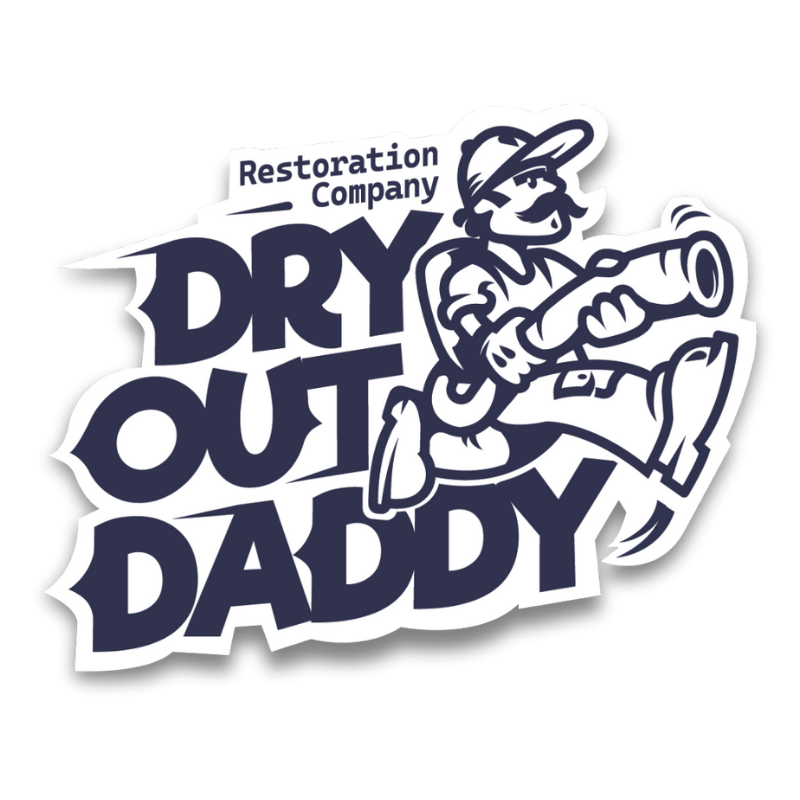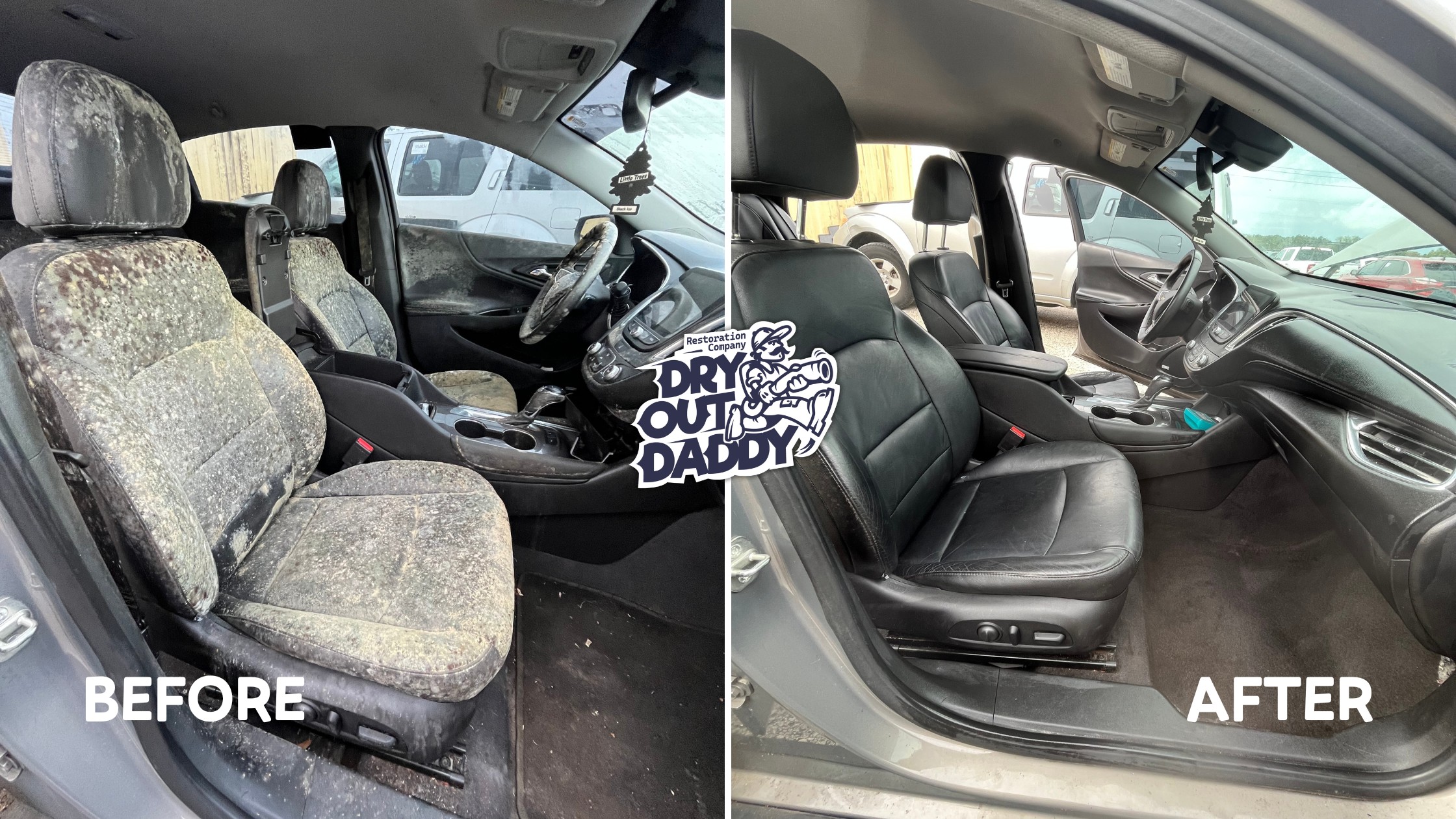As a car owner, you know it takes near-constant attention to keep your vehicle clean. Pets, children, and rough weather all take their toll on a car’s interior.
One of the most common issues cars face in Tampa is excessive moisture. Encroaching water creates a perfect environment for mold and mildew to thrive.
If left untreated, these growths can take over your vehicle’s interior, damaging the air quality and creating unsightly blotches.
Keep reading to learn how to get rid of mold in a car.
What Causes Mold Growth in Cars?
A car’s interior is a closed environment by design. This helps keep the interior conditions comfortable by preventing your A/C or heating from escaping.
However, throw in a little moisture and the humid Florida climate and your vehicle can transform from a temperature-controlled haven into a petri dish full of unwelcome growths.
Here are three of the primary causes of mold growth in Tampa vehicles.
Spills and Poor Maintenance
It can be tough to stay on top of everyday spills and messes in your car.
However, if water is allowed to soak into the upholstery or carpeting, the resulting moisture can invite mold to grow and thrive. Food scraps also provide nourishment for mold colonies.
Regular maintenance and prompt cleanup of spills are two of the keys to preventing mold and mildew from taking root in your car.
Climate
Tampa, Florida, has a subtropical climate, which translates to high humidity and a lot of rainfall. While we also get a ton of sunshine – a great natural mold repellent – cars that are parked in the shade or indoors are at significant risk of developing mold and mildew.
Infrequent Use
It might seem counterintuitive, but regularly driving your car is one of the best ways to keep it in good condition.
The longer a vehicle remains non-operational, the greater its chances of developing serious issues. If it’s parked in a dark place like a garage, rampant mold growth is all but guaranteed.
Can You Get Sick from Mold in Your Car?
While not everyone experiences a reaction from mold exposure, many people do develop respiratory issues from long-term exposure to mold in their vehicles – a phenomenon often referred to as sick car syndrome.
Common Symptoms of Mold Exposure
Prolonged or even temporary exposure to mold spores can cause a slew of health problems and irritating symptoms.
Even if you can’t find any visible traces of mold in your car, the following indicators could point to an infestation of mold somewhere on your property:
- Stuffy nose
- Wheezing or shortness of breath
- Scratchy or irritated throat
- Red, itchy eyes and/or skin
If you or a loved one has mold allergies, the symptoms may be more severe.
How to Get Rid of Mold in a Car: Five Key Tools/Materials
Permanently eliminating mold and mildew takes more than a few sprays from a bottle of homemade cleaning solution. You want to make sure the spores are gone for good – and that means going into the battle prepared.
Here are five of the tools and materials professional mold removal companies use to clean and sanitize affected vehicles.
1. Personal Protective Equipment
Any time you’re working with chemicals, it’s essential to protect yourself by using appropriate safety gear.
PPE for mold removal can include:
- Sturdy gloves
- Goggles or eye protection
- A respirator such as an N-95 mask
This gear will also protect you from any mold spores that are released during the cleaning process.
It’s also a good idea to cover your hair with a shower cap and wear sturdy clothes that you don’t mind getting dirty.
2. HEPA Vacuum
A HEPA (High-Efficiency Particulate Air) vacuum contains a filter that is capable of trapping tiny particles like mold spores and removing them from the air.
Through a combination of powerful suction and highly efficient filtration, HEPA vacuums help eliminate both visible mold and the microscopic specks that are too small to see with the naked eye.
Vacuums also help clear out food scraps, dander, and other particles that provide food to mold colonies.
Depending on the location and extent of the mold infestation, it may be necessary to remove one or more car seats in order to clear out hard-to-reach areas.
3. Antimicrobial Disinfectant
Once you’ve vacuumed the entire interior, it’s time to disinfect it. Choose an eco-friendly, non-toxic cleaner, especially if you have kids and pets; you don’t want to trade one dangerous substance for another!
You can also make one at home with a solution of water, vinegar, and baking soda, or water and color-safe bleach.
Whatever you’re using, it’s essential to test the product first on a small spot that isn’t directly visible to make sure it won’t damage or stain the upholstery.
Again, make sure you’re covering the entire car – even places where you can’t see any mold. If you fail to neutralize all of the spores that are too small to see, you’ll have another infestation on your hands before too long.
4. Stain Remover
Mold can leave behind unsightly stains on your car’s upholstery and carpeting. These blotches aren’t just unpleasant to look at; they can also lower the value of your vehicle in the event that you decide to sell it.
A material-safe stain remover can help reduce or remove these blemishes, restoring your car to its original condition. Depending on the severity of the stains, it may be necessary to scrub them with a stiff brush.
5. Deodorizer
Even after the physical mold has been removed, its odor can linger in the air within your vehicle. High-quality deodorizers help freshen and purify the air within your vehicle, eliminating all traces of the infestation once and for all.
Pay special attention to your vehicle’s air conditioning system. Mold can grow on the air filters themselves if presented with a hospitable environment.
If there’s a musty, unpleasant smell coming from the vents when you turn on your car’s A/C, there’s a good chance you’ve got a mold infestation there. Have your filters checked and replaced regularly to avoid this problem.
How Do I Stop Mold Coming Back in My Car?
Once your vehicle has been cleaned and disinfected, you’ll want to take extra precautions to ensure your car stays mold-free.
These steps include:
- Promptly cleaning up any food spills and other messes
- Drying out your car thoroughly after cleaning by opening the doors and windows
- Driving your car regularly and staying on top of routine maintenance
- Parking in the sun whenever possible
- Ensuring your vehicle is properly ventilated
Pro Tip: Hire a Professional Mold Removal Company
When it comes to mold damage remediation, your best bet is to hire professionals rather than attempting to tackle the job yourself.
Here’s why.
Industry-leading Techniques and Materials
Professional-grade cleaning equipment is expensive. And with the flood of disinfectants on the market, it can be difficult to figure out which ones are the most effective – and which are a waste of money.
On top of all of that, even the best equipment in the world won’t successfully eliminate car mold if you don’t know how to use it.
Expert mold removal technicians have access to high-quality equipment and cleaning products from top suppliers. They are rigorously trained on the proper use of these products, ensuring that any fungal infestation in your vehicle is cleared away without damaging the interior.
Prompt, Efficient Service
Mold removal is a meticulous process that can take hours – particularly if you don’t know what you’re doing.
It’s essential to be thorough and cover the entire vehicle. If you don’t, you run the risk of leaving behind living spores that will eventually settle and grow into another full-blown infestation.
Experts know how to get rid of mold in a car quickly and efficiently – without skipping steps or cutting corners.
No Property Damage
If you aren’t well-versed in mold remediation, you run the risk of damaging your vehicle and the surrounding property.
The types of materials inside your car determine which types of cleaners and disinfectants are best-suited to address the problem. Using the wrong cleaners can damage your car further by permanently staining the interior.
Professional mold remediation technicians know which products and tools are best for different fabrics and other materials.
Additional Services for Your Car
The top mold damage restoration companies offer additional services once the cleaning and disinfecting process is complete.
Once the mold has been completely eliminated, your technicians will perform a full detail on your vehicle. You’ll come out of the appointment with a sparkling clean car that looks and feels like new.
Got Mold? Get in Touch Today!
Knowing how to get rid of mold in a car is a fundamental part of vehicle ownership in humid areas like Tampa.
A moldy vehicle is more than just unsightly – it’s a potential health hazard for you and your loved ones.
At Dry Out Daddy, we have the tools and expertise to remove all traces of mold from any type of vehicle, leaving it in like-new condition.
Fill out our online form for your free mold damage estimate today!

